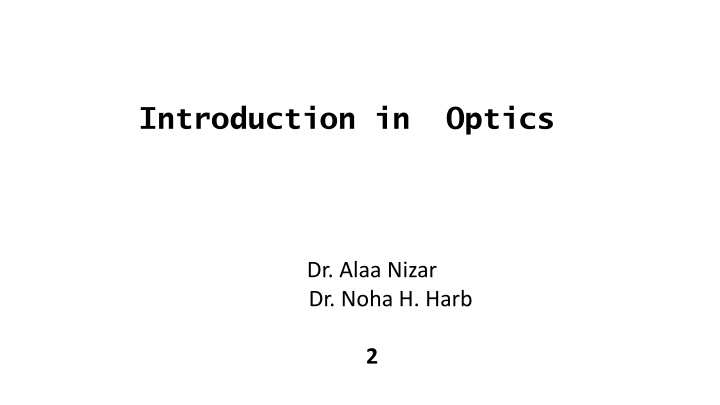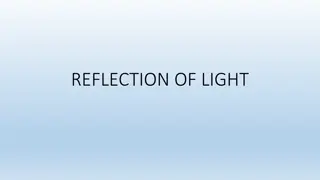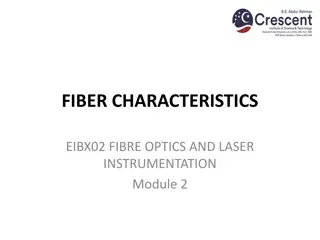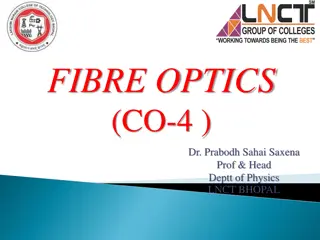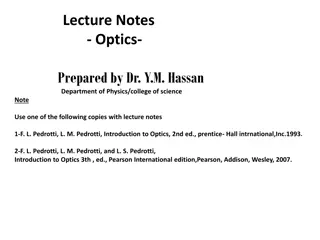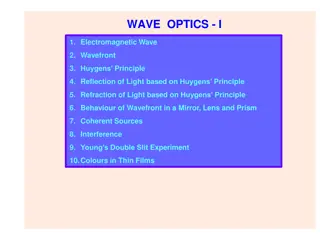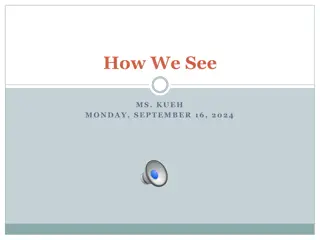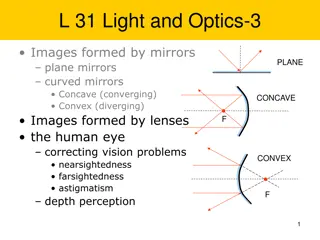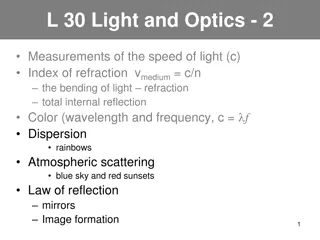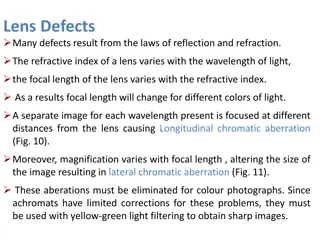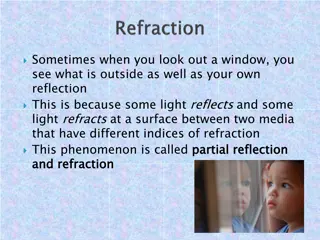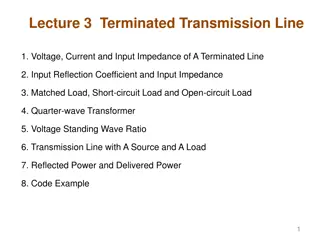Necessary Conditions and Total Internal Reflection in Optics
In optics, two conditions are essential to determine the critical angle for total internal reflection. Explore how light rays behave when traveling from denser to rarer mediums. Learn about the phenomenon of total internal reflection and how it occurs at specific angles of incidence.
Download Presentation

Please find below an Image/Link to download the presentation.
The content on the website is provided AS IS for your information and personal use only. It may not be sold, licensed, or shared on other websites without obtaining consent from the author.If you encounter any issues during the download, it is possible that the publisher has removed the file from their server.
You are allowed to download the files provided on this website for personal or commercial use, subject to the condition that they are used lawfully. All files are the property of their respective owners.
The content on the website is provided AS IS for your information and personal use only. It may not be sold, licensed, or shared on other websites without obtaining consent from the author.
E N D
Presentation Transcript
Introduction in Optics Dr. Alaa Nizar Dr. Noha H. Harb 2
There are two necessary conditions for determining the critical angle. 1.The ray of light must be traveling from a denser medium to a rarer medium, i.e., from a medium of higher refractive index to a medium of lower refractive index. 2.The angle of refraction must be 90 so that Snell s law of refraction can be used to determine the critical angle.
What is Total Internal Reflection? Total internal reflection is defined as: The phenomenon which occurs when the light rays travel from a more optically denser medium to a less optically denser medium. A ray of light passes from a medium of water to that of air. Light ray will be refracted at the junction separating the two media. Since it passes from a medium of a higher refractive index to that having a lower refractive index, the refracted light ray bends away from the normal. At a specific angle of incidence, the incident ray of light is refracted in such a way that it passes along the surface of the water. This particular angle of incidence is called the critical angle. Here the angle of refraction is 90 degrees. When the angle of incidence is greater than the critical angle, the incident ray is reflected back to the medium. We call this phenomenon total internal reflection.
